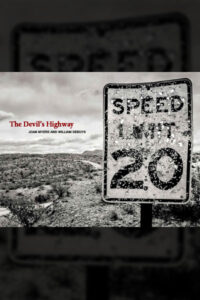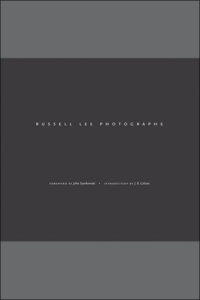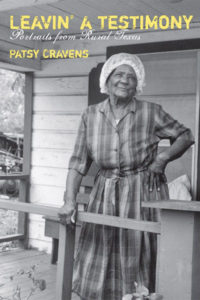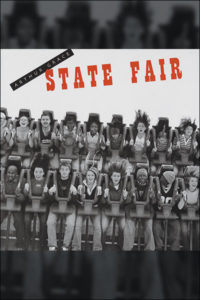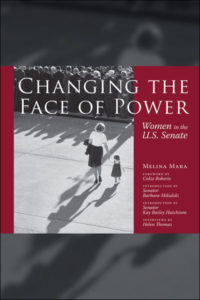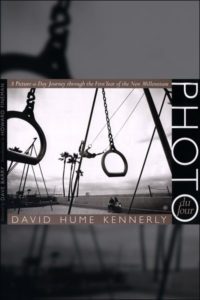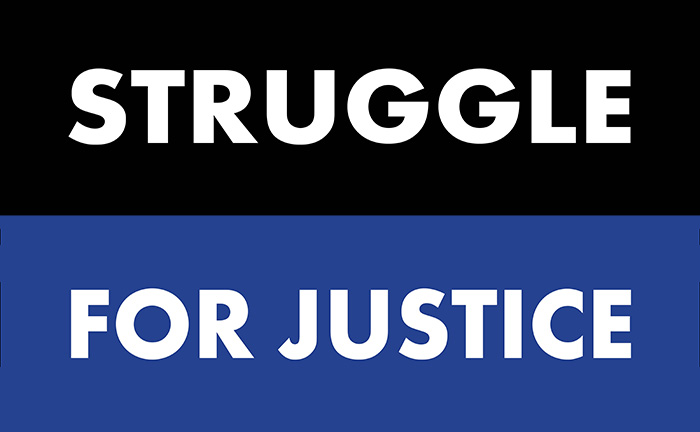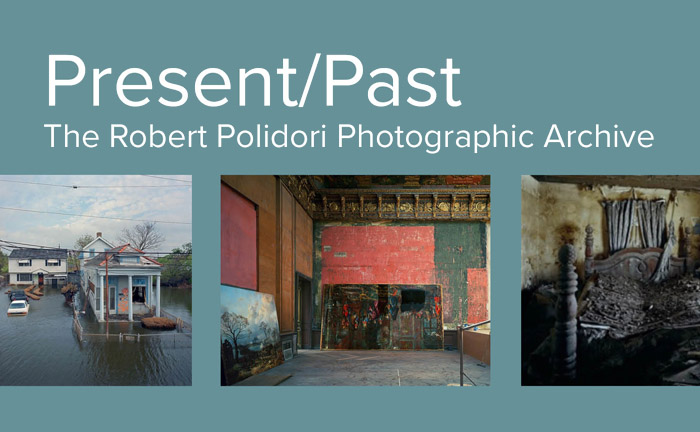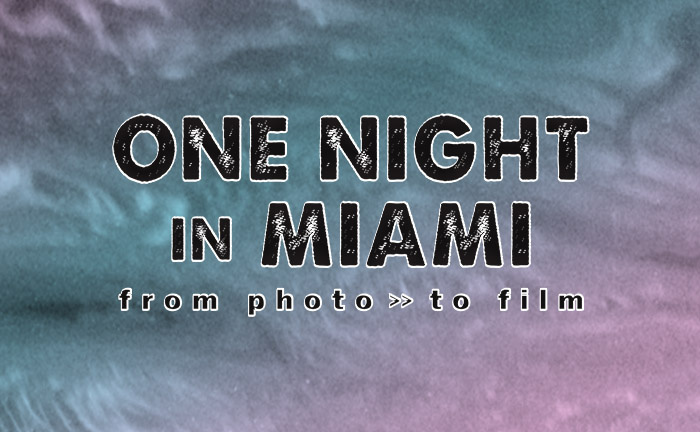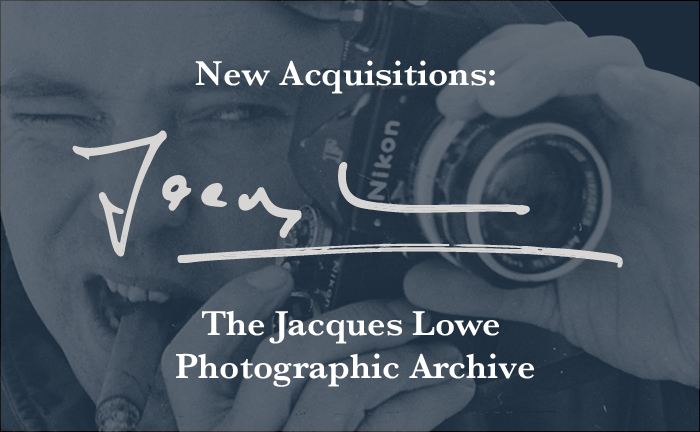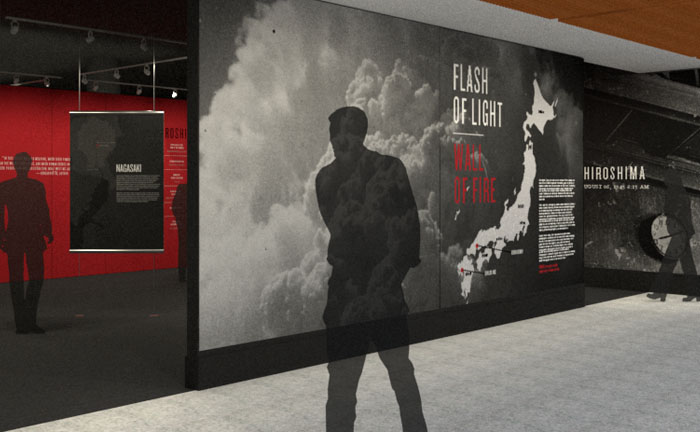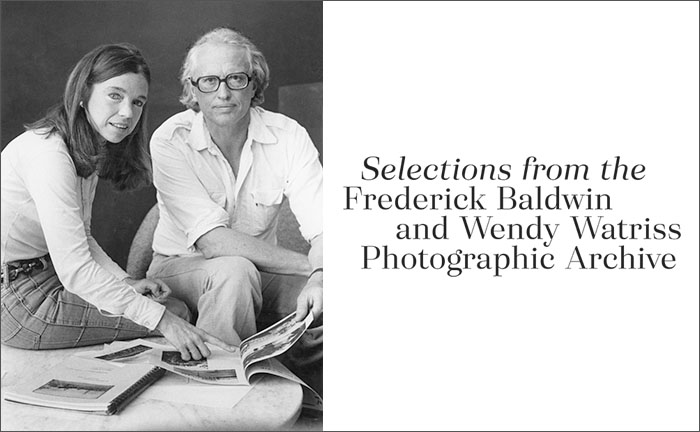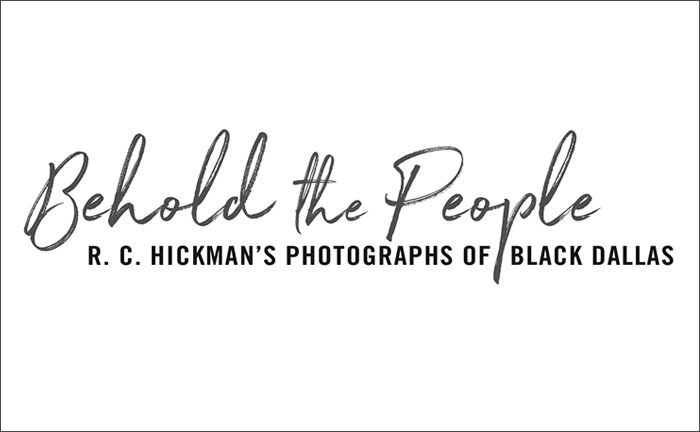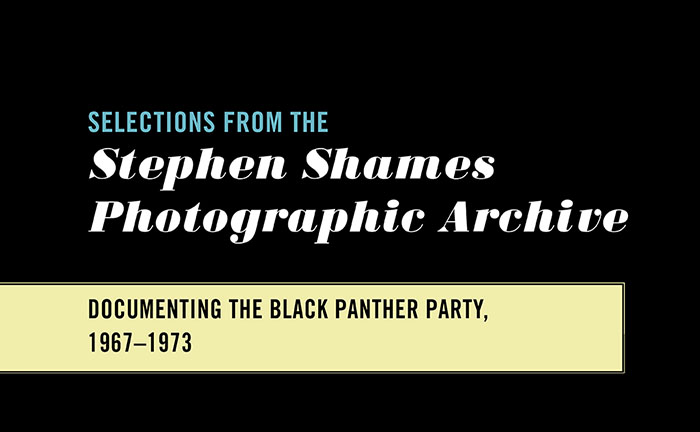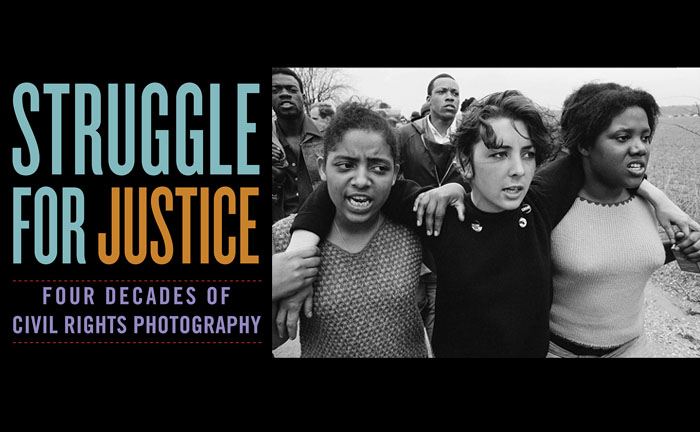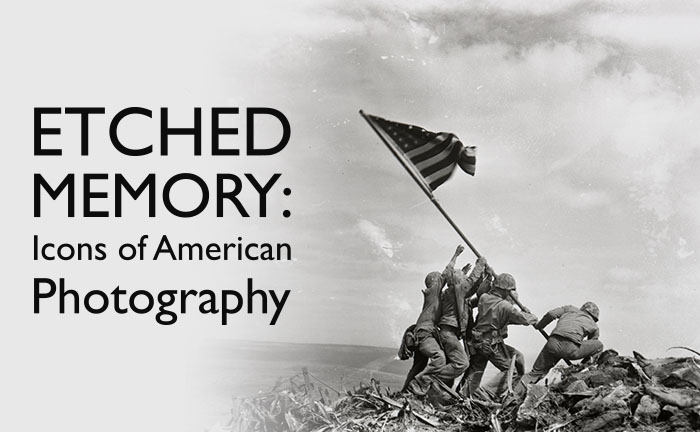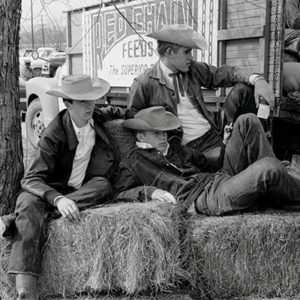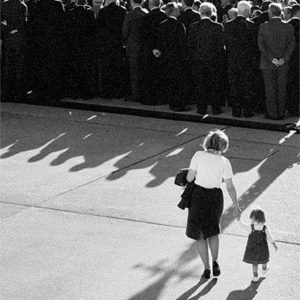Since the 1990s, the Briscoe Center has been known for its news photography and news media history holdings. Documentary photography, a fast growing collection strength at the center, offers the historian a different way of looking at the past. While a news photographer is concerned with breaking stories, documentary photographers capture the patterns and stories of history, usually in depth and detail, as well as evidence of changing social circumstances. The center’s documentary photography collections include the photographic archives of the Russell Lee, Fred Baldwin and Wendy Watriss, Robert Freson, Stephen Shames, D Gorton and Mike Maple.
Broadly speaking, most of the photographs in the Briscoe Center’s collections can be considered documentary in nature because they record visual evidence useful for historical research. Nevertheless, while many of the photographers whose archives are housed at the center self-identify as photojournalists, others prefer to be known as documentary photographers. Many of the photojournalists have carried out documentary projects and many documentary photographers have worked as photojournalists. The collections reflecting both approaches richly enhance the visual resources at the center that foster exploration of the American past. The primary objective of photojournalists is to capture images of the news accurately, usually for a single story or event, while documentary photographers typically tell a story visually and in-depth, often over a period of time.
Russell Lee Photograph Collection

The work of former Federal Security Administration photographer Russell Lee is an example of the type of documentary photography at the center. The Russell Lee Collection includes negatives as well as prints that Lee donated to the center in 1988 along with his copyright. Most of the Lee Collection consists of his work after he left federal employment in 1946. Major sections in the collection include a study of Spanish-speaking people of Texas (1949-1952), a portfolio of images made in Italy (1960), photographs of the campaigns of Texas senator Ralph Yarborough (1950s and 1960s), and other projects in Texas and the American Southwest. Lee taught photography at the university from 1965 to 1973, and his photographic archive contains more than 27,000 negatives and 3,600 prints. In 2007 the center published a book on Lee’s work entitled Russell Lee Photographs: Images from the Russell Lee Photograph Collection at the Center for American History.
The center’s holdings in the documentary field also include the collections of award-winning photographers Fred Baldwin, Wendy Watriss, Stephen Shames, Robert Freson and Bruce Roberts as well as the White South Project Archive.
Fred Baldwin and Wendy Watriss Collections

The Fred Baldwin and Wendy Watriss collections cover a wide array of social, cultural and political topics in American life since the 1950s. They have also worked extensively in Africa, Latin America, and Europe. Their photos have appeared in a wide range of publications, including Esquire, National Geographic, Life, the New York Times, Newsweek, Stern, and Geo. Baldwin began documenting the civil rights movement in 1963. His images formed the basis of the book Freedom’s March: Photographs of the Civil Rights Movement in Savannah (2008). In 1970, he began a life partnership with Wendy Watriss, who at the time was a freelance photographer for Newsweek and the New York Times. Born in San Francisco, Watriss worked for the St. Petersburg Times in the early days of her career. By 1968 she was freelancing across Eastern Europe where she covered the Prague Spring.
In 1972, Baldwin and Watriss traveled through Arkansas, Mississippi, and East Texas in a camper van as they captured local life in compelling detail. Eventually settling in Texas, they produced books and projects about Black life in Grimes County, the lives of descendants of German settlers in Gillespie County, and the experiences of Mexican working families in the Rio Grande Valley. They also conducted individual projects, including Watriss’s award-winning coverage of the effects of Agent Orange on Vietnam veterans. Baldwin and Watriss donated their archive to the center in 2019.
Stephen Shames Photographic Archive

Stephen Shames photographed the activities of the Black Panther Party in Oakland, California between 1967 and 1973. Over a 50-year career, he also documented a wide range of subjects, including political activism in the Bay Area, everyday life in New York City, and child poverty across America.
Shames was born in Cambridge, Massachusetts, but grew up in California. He began working as a photojournalist in 1967, covering local protests and unrest in the Bay Area while still a student at the University of California, Berkeley. That same year he became a photographer for the Black Panther Party after meeting its co-founder Bobby Seale at an anti–Vietnam War demonstration. The party burst onto the scene in the late 1960s with a revolutionary agenda for social change and the unapologetic empowerment of African Americans.
Through his friendship with Seale, Shames gained behind-the-scenes access to the party’s organizational and community outreach work. He captured the public face of the party—such as street demonstrations and protests—as well as many unscripted moments, including the strategy meetings of party co-founders Bobby Seale and Huey P. Newton, student life in Panther schools, and community food programs in action. Shames also documented Bobby Seale’s mayoral campaign in Oakland.
His photographs cover Black Panther party members and leaders, as well as rallies, demonstrations, and nationwide activities. Shames’s archive came to the center in 2018.
Hiroshima and Nagasaki Atomic Bomb Photographs Archive
In August 1945, the United States dropped atomic bombs on Hiroshima and Nagasaki, Japan. Over fifty amateur and professional Japanese photographers are known to have documented the immediate aftermath of the atomic bombings. Most of these images were censored or confiscated by the Japanese government, but many were preserved in secret. Some were published widely in Japan during the 1950s, though not in the United States. Later, prints and negatives were gathered by members of the Anti-Nuclear Photographers’ Movement of Japan. The ANPM selected the Briscoe Center as the sole repository in the United States to house their archive.
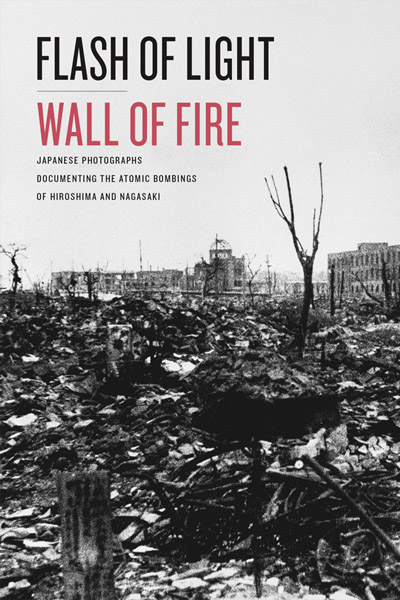
The center’s Hiroshima and Nagasaki Atomic Bomb Photographs Archive consists of more than eight hundred photographs. These images serve as a visual record of nuclear destruction, the horrific effects of radiation exposure, and the mass suffering that ensued.
To mark the seventy-fifth anniversary of the bombings, the center and the University of Texas Press published the book Flash of Light, Wall of Fire, featuring the work of twenty-three of the Japanese photographers who risked their lives to capture the devastation. The center also presented an accompanying exhibition in 2021-2022.
Robert Freson Photographic Archive

Robert Freson was a student and professional associate of the famed photographer Irving Penn. His images documenting art, architecture, fashion, and celebrity appeared in New York Times Magazine, Vogue, and National Geographic. Freson was born in Belgium in 1926. During World War II, he joined the British Royal Navy, having fled his Nazi-occupied homeland. He immigrated to the United States in 1948, where he eventually began work at Vogue with Penn. In 1962, Freson embarked upon a successful freelancing career. He traveled the globe, with his pictures appearing in many American magazines as well as The Sunday Times of London, Marie Claire of Paris, Stern of Hamburg, and Epoca of Italy. He spent much of his career documenting American culture through its fashions, architecture, food and celebrities as well as producing iconic images of statesmen such as Dwight D. Eisenhower, whom he photographed at Gettysburg in 1964. Freson also covered a broad range of international subjects including former battle sites of World War I and II, Winston Churchill’s funeral, royal weddings, and daily life under communism. Freson donated his archive to the center in 2018.
Bruce Roberts Photographic Archive

The Bruce Roberts Archive documents the American South beginning in the late 1950s through the 1960s and 1970s. His work includes the civil rights movement and Great Society programs such as Head Start, VISTA and various rural healthcare initiatives. Roberts photographed most of the prominent politicians and other public figures of his time, including Billy Graham, Lyndon Baines Johnson, John Fitzgerald Kennedy, Edmund Muskie, Elvis Presley, Doc Watson, and Roy Wilkins.
The White South Project Archive

The White South Project Archive is a collection produced by photographer D. Gorton, who in 1968 visually documented the life styles and living conditions of white Southerners in the wake of the social and political changes wrought by the 1960s. Social justice activist Jeff Shero, who tape recorded interviews with the individuals Gorton photographed was co-producer. The project was inspired by Walker Evans’s and James Agee’s “Let Us Now Praise Famous Men,” a visual and verbal record of poor tenant farmers during the Great Depression. In 2018, the New York Times published images from the project.
The Briscoe Center houses archives of:
Fred Baldwin
Ave Bonar
Robert A. Freson
Shel Hershorn
R. C. Hickman
Russell Lee
Calvin Littlejohn
Mike Maples
Fred J. Maroon
James “Spider” Martin
Robert McNeely
Charles Moore
Lucian Perkins
Bruce Roberts
Robert Runyon
Stephen Shames
Howard Sochurek
Margaret Sandahl Thomas
David Valdez
Wendy Watriss
Tom Wright
Tom Zimberoff
White South Project Archive
Our collections inspire our own projects, including books, exhibits, programs, films, and educational materials.
Banner image: Riding out at dawn, vaquero in southwest Texas, 1973. Photograph by Frederick Baldwin and Wendy Watriss. Frederick Baldwin and Wendy Watriss Collections. Image detail from TX SW Border T-32-2 (16).


